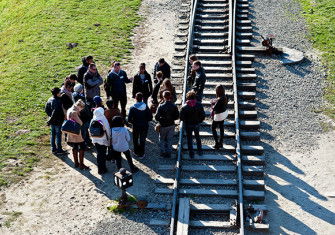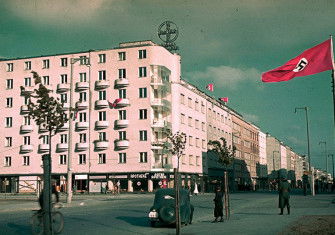Lessons from Auschwitz
Kathryn Hadley joins a group of schoolteachers and police officers in an innovative project that seeks ways to better understand the Holocaust.
To stand inside wooden barracks designed for 52 horses, but used to house over 400 female prisoners, is to be overwhelmed by the horror of Auschwitz. No amount of preliminary research or listening to Holocaust survivor testimonies can prepare one for a visit to a place that was carefully planned and constructed as a factory for killing human beings.
In late June I joined a group of more than 200 teachers from schools and colleges across the south of England to visit the Auschwitz-Birkenau concentration camp with the Holocaust Educational Trust (HET).
HET’s Lessons from Auschwitz Project was set up 12 years ago on the premise that ‘hearing is not like seeing’ and that to grasp the scale of the Holocaust it is necessary to visit one of the Nazi camps.
The project combines a one-day visit to Auschwitz-Birkenau with follow-up seminars which deal with the issues raised. Initially established for students over 16 years of age, the project has been extended to include a professional development course for secondary school teachers. The scheme has enabled more than 10,000 students and teachers from the UK to visit the site.







